Spain – Season 4: Beauty Beneath the Ashes

Valencia, Spain: March 10 – June 10, 2019 | Including trips to Murcia, Xàtiva, and Sevilla
“…See the slow-receding faces dissolve to black, no traces.” – Natalie Merchant, “Giving Up Everything”
Three minutes – the final 180 seconds of a 24-hour journey traversing distances that used to take world explorers several months to complete. Now it only takes a day, and in our case, little more than 16 hours spent in aluminum and carbon-fiber tubes flying six miles above the earth and traveling at speeds just under the sound barrier.
Three minutes to culminate our third season circling the globe to arrive in the country where it all began. Three minutes to succumb to the flood of emotions that rush over me like the 175 mph winds underneath the wings of this Lufthansa Airbus A320 descending gracefully over the coast of Valencia, Spain.
The sky is crystal blue and the miles of Malvarossa beach shine like a golden thread of silk blowing in the wind. I’m reminded of our first visit to Valencia, three years ago, when we spent a weekend one block from that beautiful beach and eventually fell in love with this city’s potential as a future home base.
Two minutes and 30 seconds to go. The wings rock slightly, waltzing with the wind on approach. We glide above the majestic Túria Park, a former flood prone problem that now is 10km strip of botanical and recreational paradise cutting through the entire city. It’s one of my favorite places in world. I’m reminded of our weekend picnics in the park, my evening runs and workouts, and afternoons spent in my thoughts under the shade of trees gazing at the futuristic, fish head-like architecture of the Palau de les Artes as the city walks by.
Two minutes left in this waltz with the wind and I see the entire city 1,500 ft beneath my feet. The Placa d’Ayuntament where we danced under the late spring sunset during that first weekend listening to the sounds of a live music festival, and where I first realized how this city was a perfect mix of my favorite three cities in Spain – Madrid, Barcelona, and Sevilla. I peer down towards the famous bullring adjacent the Estacíon del Nord, gateways to our favorite neighborhood, Ruzafa, as well as to many of our regional adventures in towns like Alicante, Xàtiva, and Sagunto.
Overall the city of Valencia is small. You can walk from the middle of downtown to completely outside of town in 3 miles. And three minutes is all it takes for this jet to put its gear down above the coastline, fly across this entire city of memories, and reach touchdown miles beyond the city limits.
Three years ago, we gave up nearly everything to gain something. That “something” is defined each time we reach a new destination in a new season. We leave behind familiar faces and familiar places. We leave behind old habits and build new ones as soon as we step foot on new ground. Like the colorful and awe-inspiring ninots that we would soon come to witness firsthand, we create a kaleidoscope of life experiences for each season – only to watch these memories dissolve to black in our minds, leaving only pictures and personal connections to help us retrace them.
And such is the story of life that people, places, and pleasures come and go. Letting go is perhaps the biggest lesson of it all. In doing so, we are able to move on and expand our opportunities, experiences, and perspectives.
As the plane touches ground and the pilots apply the brakes, we close the third chapter of our journey living abroad. When the airplane doors unlock on this 80-degree Sunday afternoon in Valencia, we open a new chapter and start a new season. It would be a season that exemplifies the beauty beneath the ashes.
Niños and Ninots
I should be exhausted but I’m not. We spent the last 24 hours getting here and yet my energy is running high. For though we haven’t been here in nine months, it feels like I was sitting on this metro train just a few days ago. The first couple of stops are full of travelers totting their backpacks and suitcases on their way into town. Soon we are joined by hoards of locals packing themselves into this train car like sardines, joyous and excited for their trip downtown. But why is the train so crowded on a Sunday at 1pm? And what are all these small wooden boxes these little kids have hanging from their necks? Soon I’d find out and soon I’d want to get out.
I also haven’t spoken Spanish much in these last nine months – at least not in random public conversation, and especially not in Castellano with a hint of Valenciano. But the words come back quickly. I make eye contact with a middle-aged woman standing above me with her child in hand and I ask “Que esta pasando hoy?” (What’s going on today?). She says there’s an event downtown, something called “La Mascletá.”
Everyone seems to be headed to the Placa d’Ayuntament for a big event at 2pm. The train grows more and more crowded, and yet it feels completely relaxed. A gentleman, perhaps the woman’s husband, begins to strike up a brief conversation with me. He seems to be quite friendly in a small town type of way. He’s strangely excited by my presence and eager to tell me more about the events of the day. Ironically, I feel completely comfortable speaking with him, like a new neighbor. I am lost in the experience rather than the depths of my mind – the epitome of being in the flow of the moment.
We depart the metro at the Xàtiva station, below the Estacíon del Nord in the dead center of town. It seems the entire train exited along with us. So many kids and so many little boxes on their necks…is it some type of children’s art festival? My wife had mentioned that we’d be arriving in Valencia during the week of “Las Fallas” but the connection between it all was weak in my mind.
We walk south towards our barrio of Ruzafa, walking against traffic, as everyone else seems to be heading towards the center of town. Crossing over Gran Via and arriving into Ruzafa, we find ourselves in what seems to be a neighborhood carnival. Streets lined with food stands selling churros, stuffed baked potatoes, waffles, crepes, and the usual dried Spanish fare. Nearly each intersection in this web of tiny one-way streets was beset with what look like larger than life children’s book characters exuding adult-like subliminal expressions.
And then it happens…an explosion. Not once, not twice, but several times over. But no one overreacts. No one is running. Everyone is simply laughing, strolling, and soaking in the festivities of a usually warm, end of winter Sunday.
We arrive at our new springtime apartment at the corner of Calle Cuba and Calle Buenos Aires. It’s adorned with a large green netting and full of scaffolding. Though the outside is a cluster of what will eventually be an entire springtime’s worth of construction, the interior is warm and sunlit with a Moroccan feel. In just 15 minutes flat we meet our apartment host, drop our bags, and head out the door. It’s 2pm on a Sunday and we’re excited to explore the energy radiating throughout the barrio.
We walk past entire streets blocked off with families cooking paella, music blaring, and kids kicking soccer balls in fenced areas. The open fire pits of paelleras, sizzling prawns, vegetables, and rice with the soothing smells of saffron steaming in all directions are being cornered off from the random child or soccer ball entering its heavenly bastion.
Then it happens again…an explosion. This time it’s of a lighter sound than the previous ones but then second is louder than the first. And they are rapid, random, ear-piercing, and coming from all directions. If I were in the States, I’d be anxious and fearful…but here I soon realize that it’s normal and will occur at all times of day and night for the next 7-10 days.
Las Fallas is an event that is unique to the province of Valencia. It’s an annual festival celebrating their patron saint, St. Joseph, and has evolved into a pyrotechnic orgy that occurs all throughout the city and the region. It takes an entire year to plan and propagate, and it culminates in a week-long series of festivals, ceremonies, and firework spectaculars. But the fireworks aren’t left just to the professionals; they are strewn about the city by people of all ages, including school-aged children.
Those boxes that they are all totting consist of small fireworks (some requiring fusers to ignite) that they happily throw at the feet of random people as they walk down the street. The larger, ear-piercing fireworks are left to the teens and adults who enjoy throwing them near narrow streets, dumpsters, or cars to produce an even more thunderous sound.
The fireworks might be the beast of the event, while the ninots are its beauty. I’ve never seen so many amazing artistic spectacles in just a simple afternoon stroll. These displays are everywhere in the city but Ruzafa seems to have the most concentrated assortment. They are massive, colorful, and majestic. People come from all over town and country to witness these once-in-a-lifetime displays of beauty and satire. They are planned and built in just under one year, and in a few days time, these elaborate displays of affection and creativity will be nothing more than a collection of ashes.
We decide to take a Spanish Sunday siesta and grab a seat outside of one of our favorite neighborhood cafes. Sitting on a sidewalk with sunshine, a glass of Túria with a lemon slice, and a bocadilla is all I’ve wanted for the last 24 hours. It’s perfect way to end our initial walk through town. We spend the next few nights enjoying the food stalls and festivities, but soon the sounds would be too much to handle.
Las Fallas is a beautiful event to experience but perhaps in short bursts. To live in the middle of it for a week is quite the challenge. The random fireworks at all times of the day/night and endless streams of joyous yet loud tourists are a bit much to handle. Thankfully, we already had to make plans for an escape given that our apartment was booked for last 6 days of the festival. But before we make our escape, I have to first learn to speak Spanish properly.
Escape to Murcia
“Damn it…the machine won’t take my money!” At least it’s not like that Asian hornet from Chiang Mai last year. This time it’s an automated ticketing machine at the Joaquín Sorolla train station that’s now making me stand in line to purchase a ticket at the teller. There are two lines open but one specifically for purchases for trains departing in the next 30 minutes. The rest of us must wait (Spanish time) for the lone teller attending to the 10-15 people waiting with numbers in hand.
Finally, my number is called and I ask to purchase two tickets to “Mur-CI-a” at the scheduled time I saw available on the automated machine. But teller isn’t able to locate the same train. He says there are only trains departing in the early morning and late evening, and they’re much longer in duration than I expected. Strange…I just saw the train available on the machine outside. I mention that to him and he suggests I proceed to the customer service center and speak to their representatives about it.
Fortunately, I didn’t have to wait long. There was no one waiting in the customer service center. I ask for the same trains and receive the same answers. “What the hell?!”, I think to myself. “Dejáme hacer una foto alla y mostrartela,” (“Let me take a photo over there and show it you.”), I say. I return with the picture on my phone and the representative begins to laugh. He can barely get the words out through his laughs. No wonder, I couldn’t get the right ticket…I was saying the wrong city. “No es ‘Mur-CI-a’…quieres un tren hacía “MUR-cia”, he says (“It’s not Mur-CI-a…you want a train to MUR-cia.”)
After a exchanging a few chuckles…he prints off the tickets, I head out the station, exchanging a thankful smile. I’m embarrassed only slightly. I’ve been here before. It’s in these moments when you truly began to learn a language. In all my years of speaking Spanish, I knew how to pronounce words ending in “ia” based on auditory memory not phonetic rules. However, now I know not only how to pronounce the name of the city I’ll be spending the next week in, but also all words in Spanish ending in “ia” without any prior accents.
Murcia is a nice escape from the final days of the Las Fallas festivities. Though it’s the seventh largest city in the country, it feels small, relaxed, and familial. It reminds me of my extended weekends spent in Guadalajara, MX many years ago. Even the locals here look more Latin American than Roman. Perhaps it is because Murcia is an agricultural center with many locals having immigrated from Central and South America to work in the fields. Even the way they speak Spanish here sounds different yet very familiar. It’s much easier on my ear and they seem less “royal” in their way of conversing, again perhaps because they are used to interacting with more people speaking the Spanish spoken afar.
Our first full day in the region, we hop back on the train for a quick ride to the coastal city of Cartagena. It’s a beautiful, ancient seaport set behind scores of hills beset with castles built to ward off potential invaders to this previous capital city of ancient Carthaginensis. The weather is crisp and pristine, the final day of this weirdly warm end-of-winter weekend.
Getting lost in small Spanish towns on a lazy Sunday is the type of thing that I used to dream about when reading my old “Traveler’s Tales” books back in California. Now I’m experiencing it and creating my own fleeting memories. Simple strolls along the old city walls, kicking fallen apricots, and watching locals walk by hand-in-hand whispering sweet nothings in each other’s ears. It’s what the Spanish do in small towns on a Sunday. And so we do the same. We get lost in the day and in the moment. We stare off into the distance and wonder what was on the other side of town. We meander strategically around town to find random hidden gems that now serve as fleeting scenes in our minds of the random day we spent in a Spanish seaside town, escaping the crazy chaos of Las Fallas back in Valencia.
The remaining time in Murcia is quite muted. We spend most evenings cooking at home and getting back in to the flow of our springtime Spanish diet. We take late evening strolls in the center of town to experience the energy of this seemingly sleepy town, one that we will perhaps only visit once in our lives. Yet, as we walk back towards the train station six days later to return to Valencia after the last ninot has been burned and the flames of Las Fallas have turned to ashes, the faces and places we experienced in this last week began to recede in our minds, dissolving to black, with only photographs to help retrace them.
Finding My Voice in Valencia
It’s around 4pm on our first Monday back in Valencia after the week away in Murcia. I walk into the place that will become my “afternoon spot” for the next 2.5 months here in my springtime Spanish hometown. It’s an old ice cream shop turned corner café and gelato spot. It sits right on a busy corner with great afternoon sunlight and little tables next to floor to ceiling windows. Just a two blocks from our apartment, it’s the perfect spot for my typical afternoon creative and thought sessions, complete with a cortado and two scoops of strawberry and nata gelato.
The staff at the café are warm and very friendly, something that in my two previous seasons of living in Valencia, seemed to be hit or miss. Perhaps their warmth is due to the fact that the café just opened recently during Las Fallas and they are trying their best to make a first impression in the community. Soon they’d be part of my little conversational community and become subjects in my own personal experiment.
Not only are my afternoons my creative sessions but they are also periods where I reflect and dedicate time to work on self (see “Self-Care Chronicles: 30-Minute Mondays”). During this season, I feel it’s time to resurface some of my recurring conflicts with speaking Spanish in Spain and identify ways to overcome the issue. The problem is simply that I don’t speak enough conversational Spanish in Valencia – transactional, yes – but conversations, not so much.
In a town with seemingly half of many Italians as Spaniards, I find myself speaking Italian more in-depth than Spanish. Such that, when talking and visiting with friends in Italy over the last two years, they’ve all commented on how much better my Italian has gotten, though I only spend about a week in Italy each year, yet 2-3 months in Spain. But there’s a simple reason for that – I participate in weekly Italian language meet ups over coffee in the AM and pizza in the PM, and there I’m able to swim in Italiano. I haven’t found the same groove in Spanish here yet.
So during one of my 30-minute Monday sessions I decide to try something different. I need to find a way to get people to open to me and start talking. I need them to see that I understand their language and can navigate a discussion. I need them to have the time and comfort to communicate. For the next week, I begin to ask one simple question to the staff at the café and other locals with whom I interact on a regular basis. I ask, “What are some of the things you like and dislike about living in Valencia?” It’s an easy “in” and it gets them not only opening up, but sharing their perspective of life in their city, their country, and how it may be different than other parts of Europe or the world.
They slowly begin to ask me questions and now I’m able to work through my mental matrix of Spanish vocabulary (though at times a bit choppy). But it works and my “Spanish” voice is lit, like a flame turning my previous doubts and discomforts to ashes. It is all I need to brighten my experience in my new Spanish hometown. I start to walk taller, more proud, and more confident. I’m now excited to speak and ask questions, rather than vocally shrinking at the thought of a choppy transactional exchange. It changes my mood and makes me feel more energized as I move through the city.
This challenge begets another personal challenge and another. Soon, I push myself to tackle pursuits that lead me to a castle on the top of a mountain in the distant town of Xàtiva. There, I exit the train station after a brief 40-minute ride and sat out to hike up to the top of the highest point in town. This mini-hike has become somewhat of annual rite of passage for me during our time in Valencia. It’s as if each drop of sweat that rolls from my skin on this hike (and eventual workout atop) is drop of doubt and discomfort leaving my body. This is one of my little places in the world where I become closer to self, though I’m miles away from and hundreds of feet above it all. Like ashes fluttering in the sky after beauty has been burned, my self-defeating emotions evaporate into the Spanish sky and give me a renewed look on life.
Savoring the Weight of the Ashes in Sevilla
While Valencia has become our Spanish home, Sevilla is always in our heart. It’s the place where our life abroad began and it’s the place we always try to get back to each year for at least a couple of days. It’s the tantalizing tapas only found in this region, the narrow alleys of Andalucian architecture, and the many memories on which we reminisce as we blindly navigate our senses to old spaces and places.
Peering out the window on the 4-hour high-speed train ride, I reflect on the 4 years of our journey living abroad. I think about the various places we’ve traveled, the people we’ve met, and the lessons we’ve learned. Like the blue flame that becomes clearer as a fire burns brighter, the fact that nothing is forever, that everything is fleeting, becomes clearer in my mind’s eye. The landscape flashes by at nearly 200 mph (320 kmh) yet these moments in life are moving slowly through my mind.
The power of these experiences has been cemented in me through friends, fun times, and lots of friction. It’s a word that I’ve used a lot in my writings and it’s one that I’ve grown to appreciate in life. While it’s true that many times I try to construct my life with the least amount possible, it’s constructive friction (like a calculated risk) that allows me to grow. Because for as much as experiences and people come and go, it is the friction in those moments that slows us down, makes us think, makes us grow.
Like a match, friction ignites a fire within us to be alive and thrive. Each time that fire ignites, it burns away some of our fears and those “fear-full” ashes flutter away in the wind. As they fade from sight, we are left with moments and memories that we build along the way. We are left to enjoy the moment, learn from the experiences, and cherish those along the way that sweep away the dust to clear a path for us.
Three years and four seasons ago, we gave up everything to set out on a journey with nothing more than a backpack and a carry-on suitcase. We opened our eyes for this experience, no longer to be haunted by wanting it. We have seen the whole magnificent emptiness. Yet, attempting to search for its meaning can seem like trying to feel the former weight of a Mascletá that’s been burnt to ashes.
Departing Spain after this fourth season, climbing above the city aboard a TAP Portugal Airbus A320, we see the slow-receding faces and places of another season gone by. In a simple blink of our eyes, it all slowly dissolves to black, leaving nothing more than a collection of mental and physical photographic traces. Yet, for the everlasting ache of it, we continue to embrace it – the beautiful life we have built beneath the ashes.
“Giving up everything, I’ve opened up my eyes for this. Giving up everything, not haunted by wanting this…Giving up everything, see the whole magnificent emptiness….Giving up everything, my cursed search for meaning. Giving up everything, the compass and the map I was reading. The hinterlands I’m leaving, I’m finally leaving behind…
For the everlasting ache of it, no longer slave, not chained to it, no gate, no guard, no keeper, no guru, master, teacher. See the slow-receding faces dissolve to black, no traces.” – Natalie Merchant, “Giving Up Everything”
This post was inspired both by the song “Giving Up Everything” by Natalie Merchant (2013) and a travel essay series called, “Traveler’s Tales” that I used to read back in the late 2000s as I began my international travels to Mexico, Spain, and Italy.
Read more Tales from the Nomadic Adventure and find out where we’ll be in the coming months.


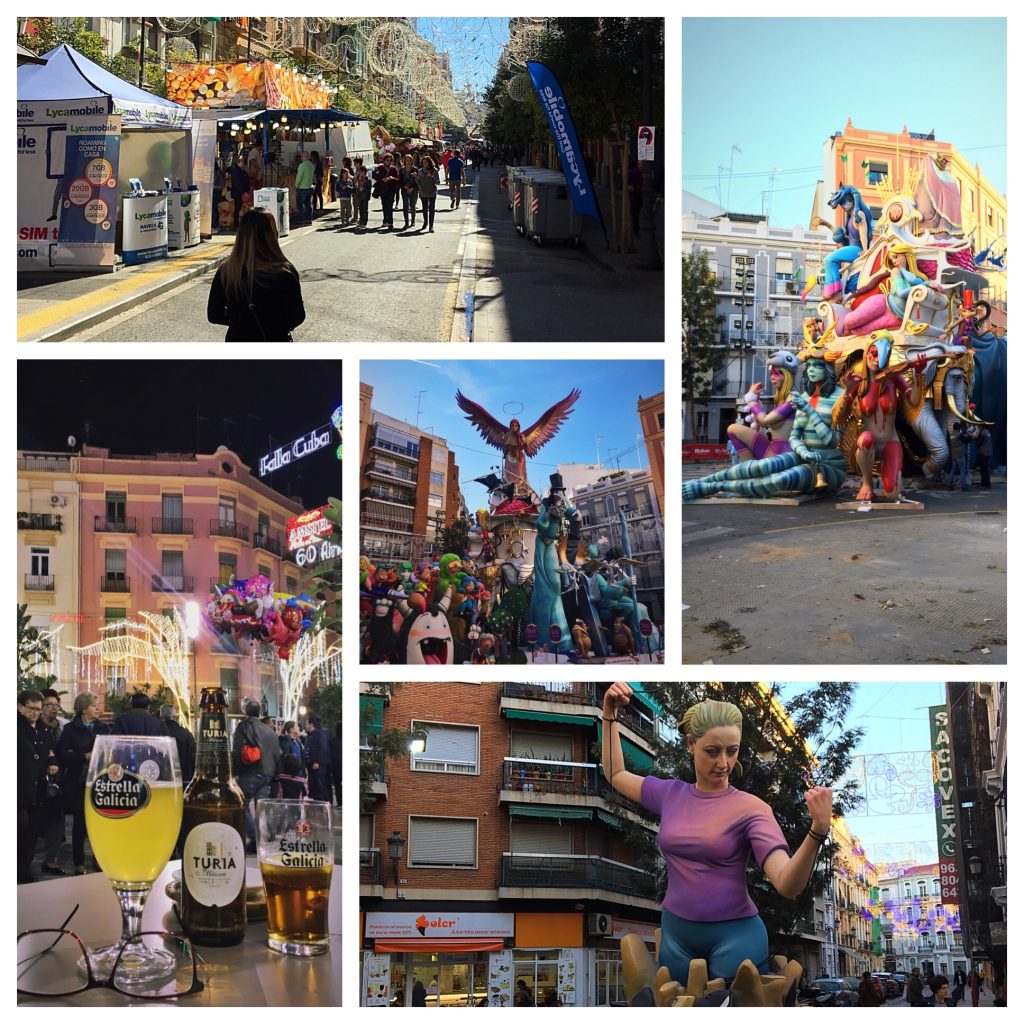

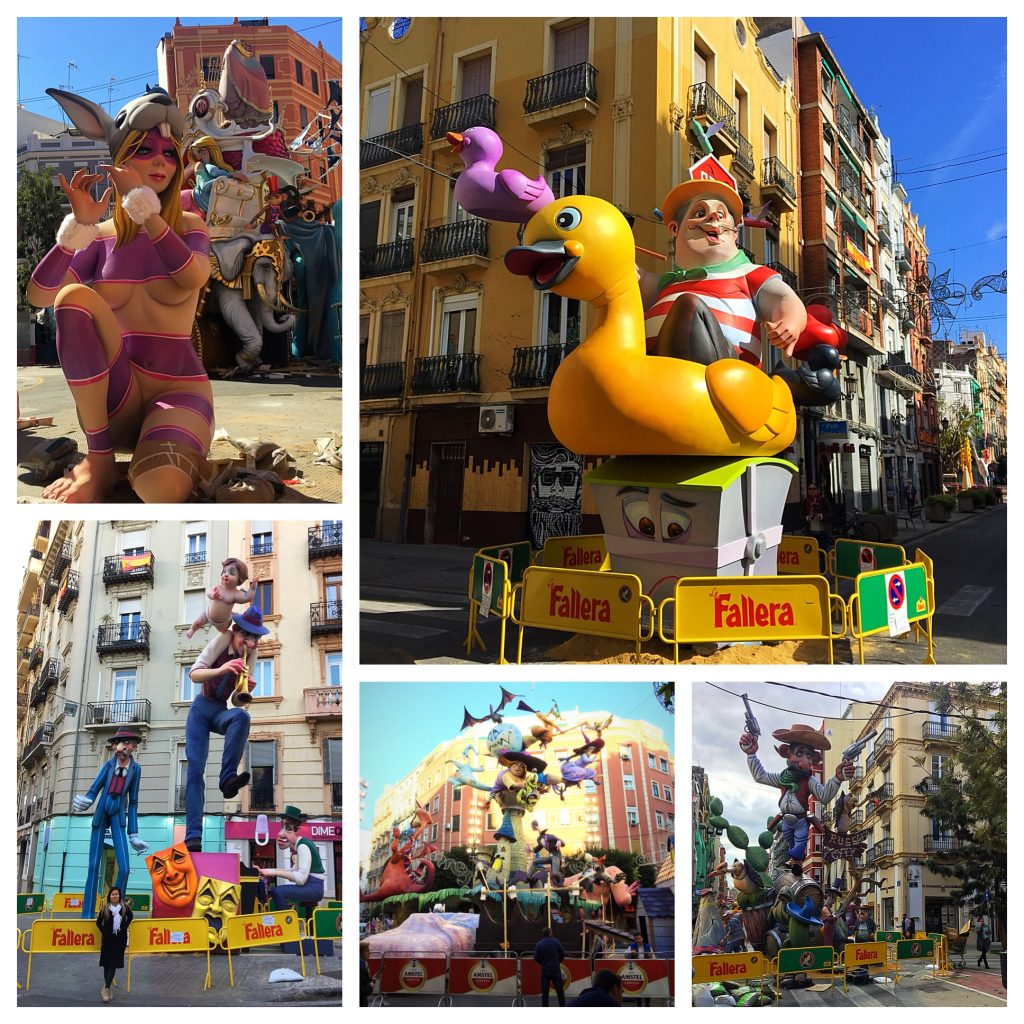





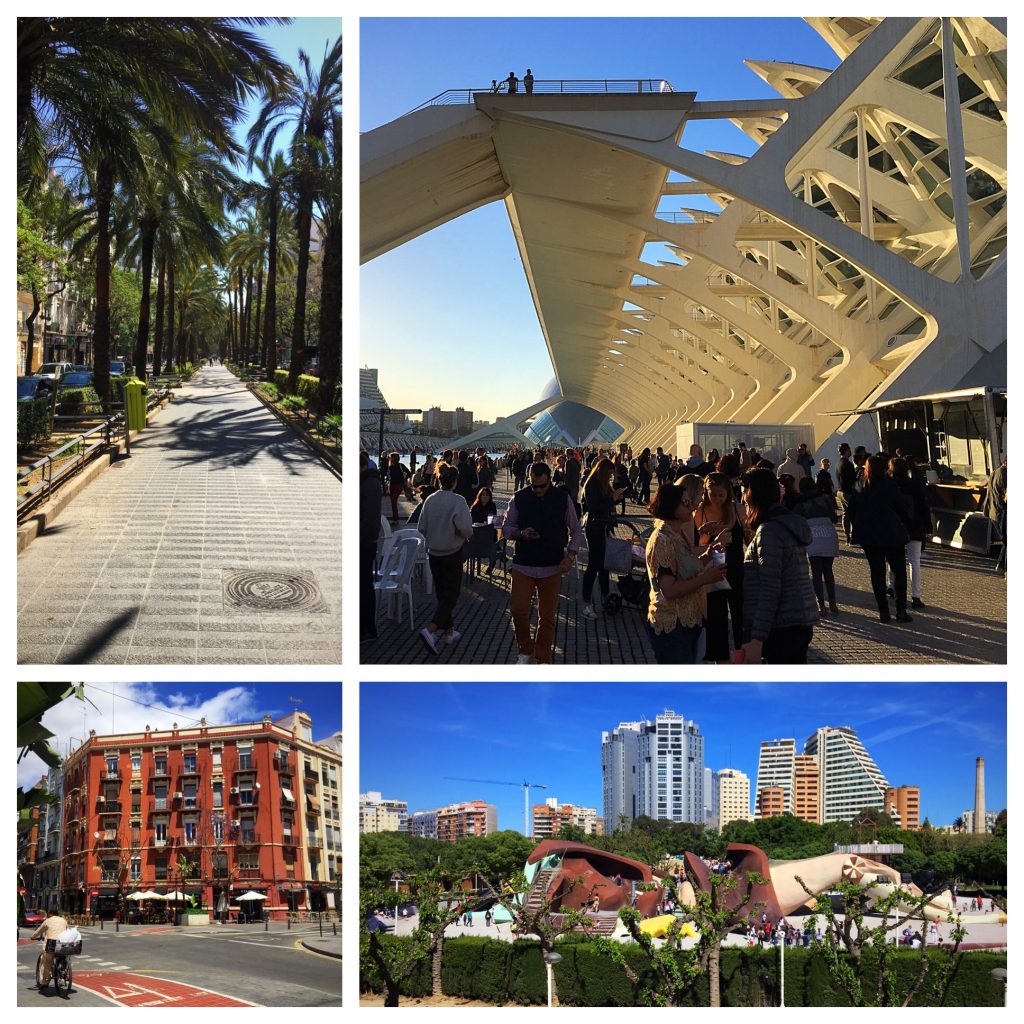




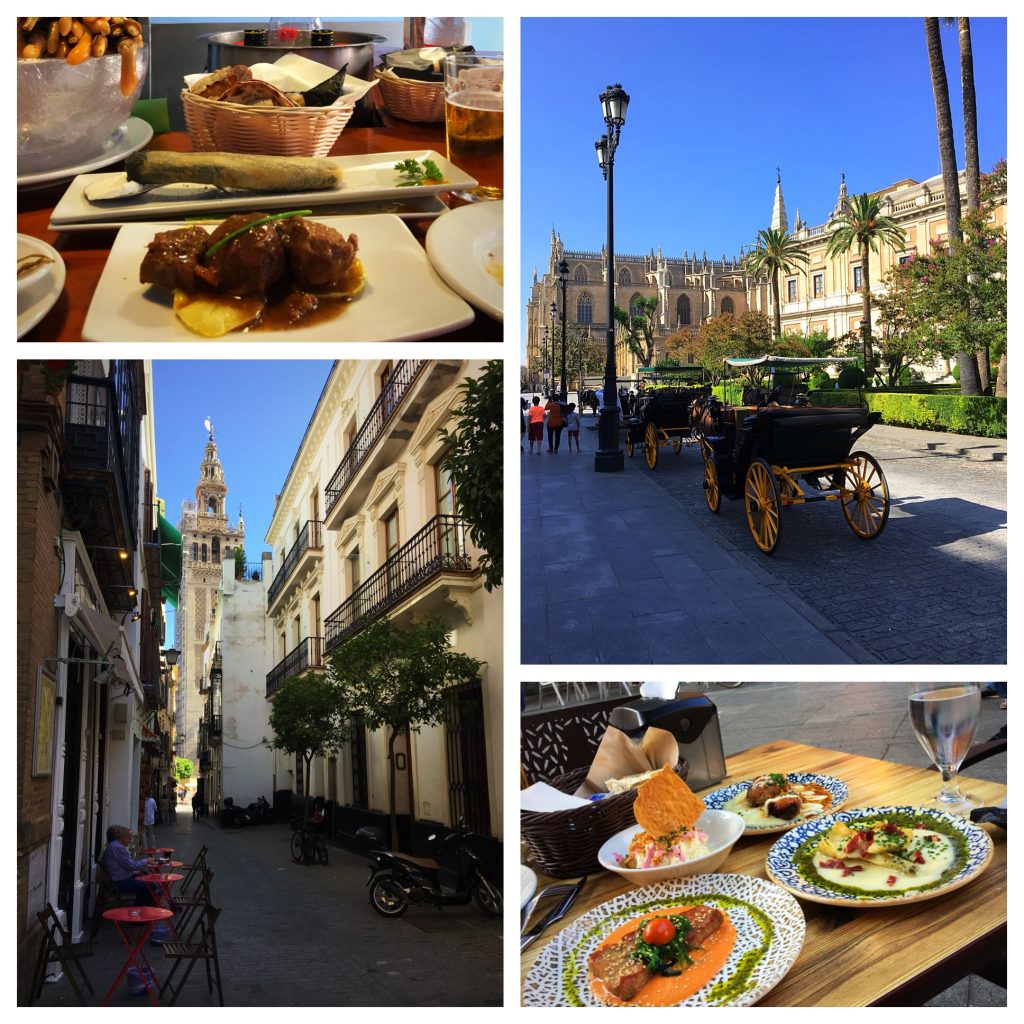


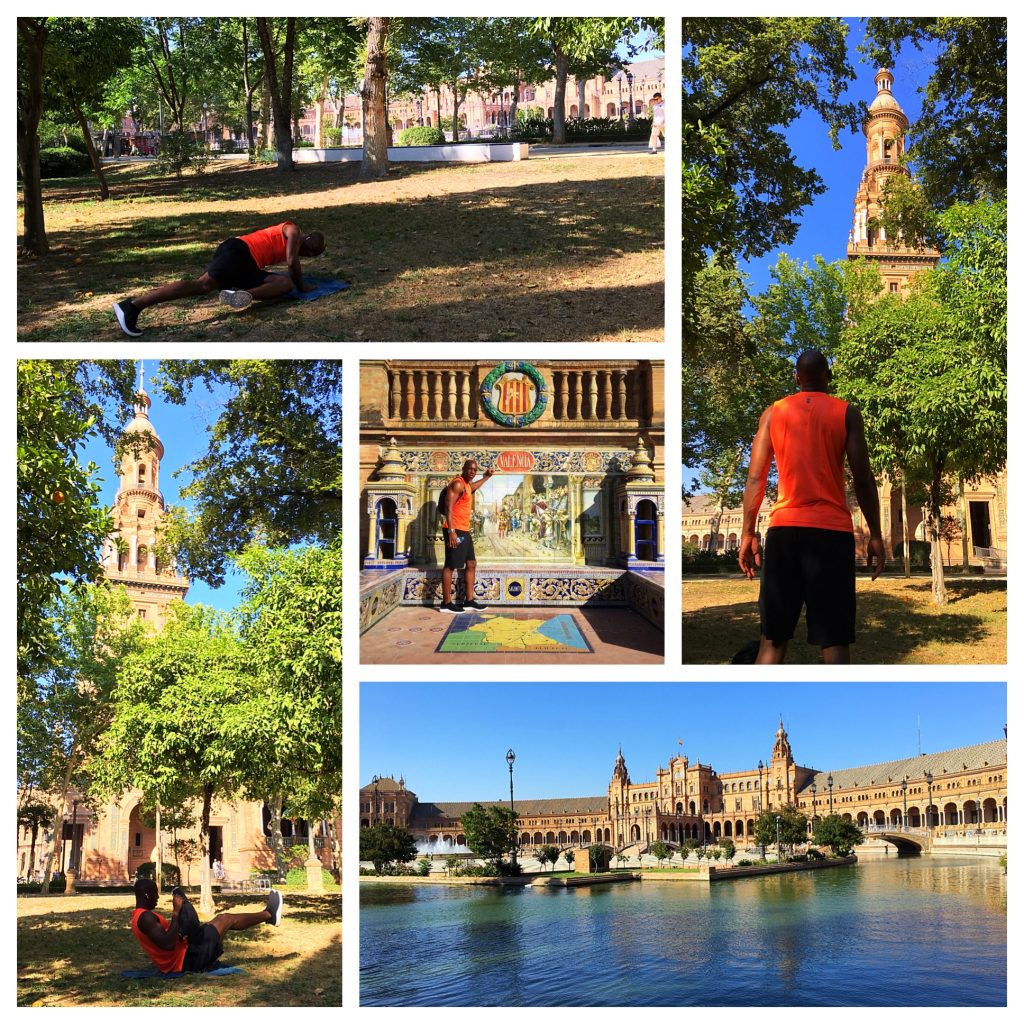
















1 Comment
DJMoeMoe
August 23, 2019Loved the reflection on how it all began and how much you are breaking those language mental blocks to connect more and more with the locals. I have a feeling that you are gonna turn all of that around and make your trips to Spain even more magical! Cheers my man!